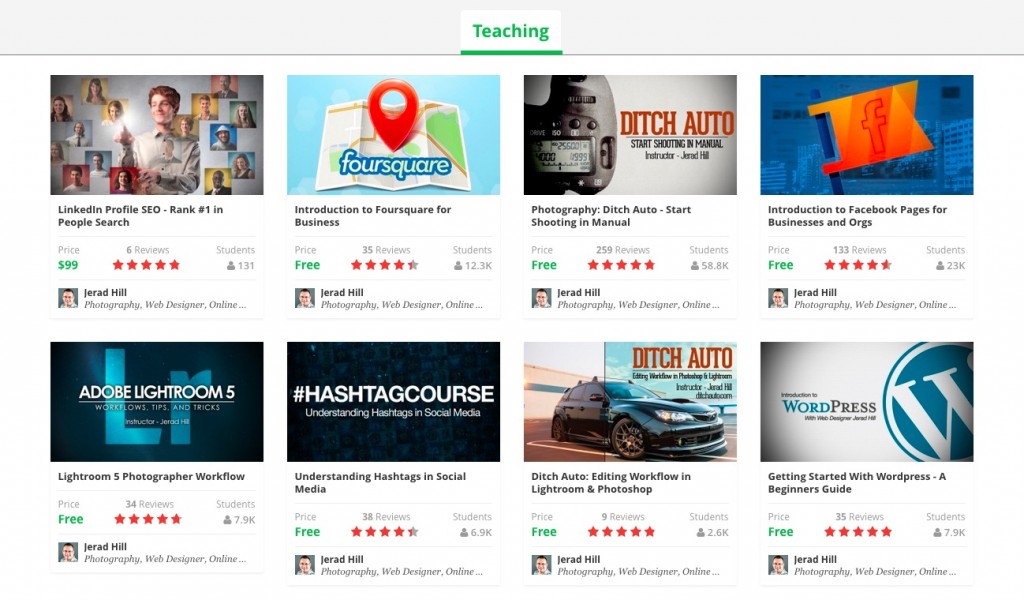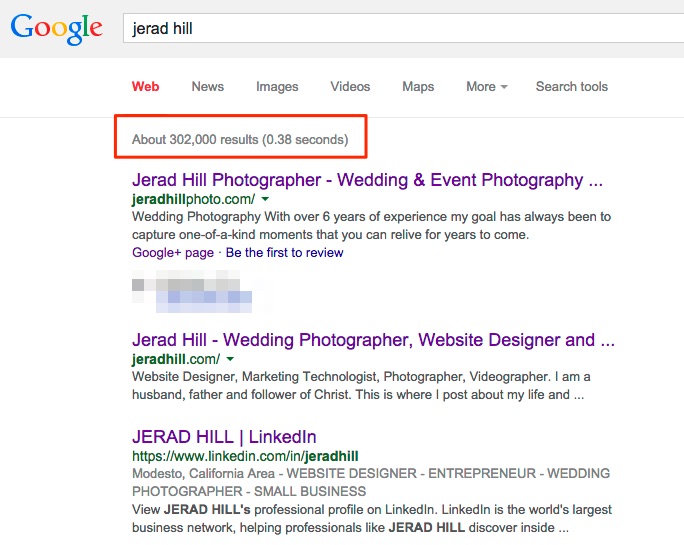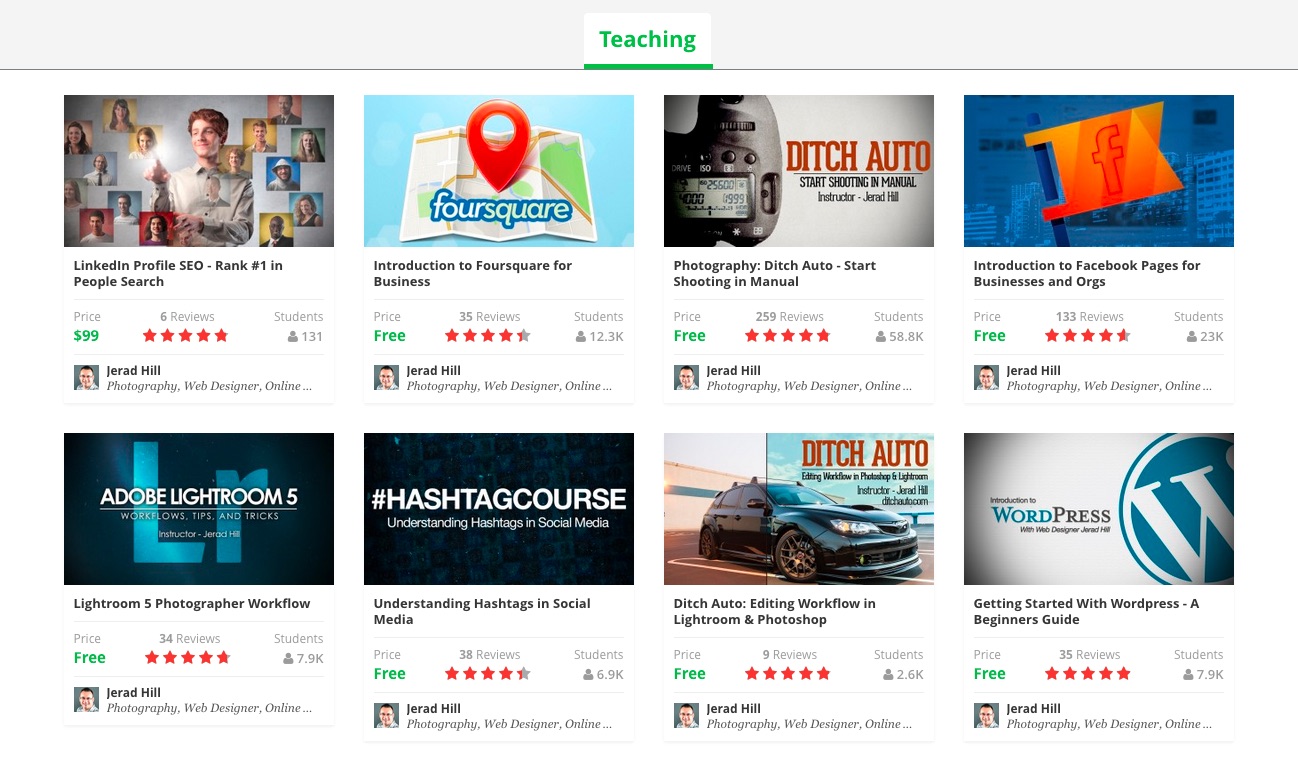One of the things that I’ve noticed over the years is that you can’t just start creating things and expect people to pay you money for them. I have worked for myself since I was a teenager and the only time that I could ever get money instantaneously out of somebody is if I had a physical product that they were interested in buying. When it comes to selling services or information you can’t just put it out there for sale and expect people to pay for it, especially if you’re wanting to charge a premium.

One of the great things about the Internet is that if you provide valuable information, people will find it. That is been what I have found over the years. Every time I attempt to launch something ahead of providing value through producing information and making it available free, that product fails. This is why I produce so much content and give it away for free. I’m a firm believer in giving away 80% of what you know in order to charge a premium for that 20%.
 This past weekend I surpassed 100,000 students on Udemy.com a platform for online education. My photography and social media courses, most of which are free, have been pretty popular. When I share statistics about how many students I have achieved on that platform, the first question I get is how much money have you made. Most people don’t understand because they are led by a different mindset than I am. My goal is to share information first and foremost. The money will always come. If revenue generation is the first thought when deciding to create content, you have already lost. There is no way that you can sell somebody on something if you are number one driver is to make money off of them.
This past weekend I surpassed 100,000 students on Udemy.com a platform for online education. My photography and social media courses, most of which are free, have been pretty popular. When I share statistics about how many students I have achieved on that platform, the first question I get is how much money have you made. Most people don’t understand because they are led by a different mindset than I am. My goal is to share information first and foremost. The money will always come. If revenue generation is the first thought when deciding to create content, you have already lost. There is no way that you can sell somebody on something if you are number one driver is to make money off of them.
Those who are making a lot of money from their content most likely had a sizable following from the beginning. Perhaps a small percentage of them were just in the right place at the right time. However, for most of us it is a long road of creating content, building trust and making friends along the way. After you have created enough value it makes it much easier to ask people to pay you for further instruction.
Though you can create on a minimalistic budget by opening up your laptop and using your WebCam, I didn’t feel that taking that approach would result in the type of following I was looking for. My courses are reviewed highly because of the production value put into them. My content is not groundbreaking, it is all stuff you could easily figure out on your own with enough time and patience. I do believe that there is value in getting instruction from a professional who understands what he’s talking about but if the quality of that production is low, that professionalism gets lost in the lack of production value.
Beyond simply producing high quality content you must find a way to connect with those that have consumed your content. Most platforms have this type of functionality but it is usually limited because their goal is get your students to buy more content. I have no problem with this, it is their platform we are using, but you must encourage people to keep in contact with you in some way if that platform limits you. Find a way to be able to communicate with your students or viewers outside of that platform that does not break the rules that platform has put in place.
You must also know what you are talking about. I don’t post or publish anything that I can’t back up. If somebody wants to know if I am actually a decent photographer, they can easily find that information out online. The same goes with my social media and online marketing courses. I have found that many educators who create these paid courses can’t even be found online. They then wonder why their course does not sell.
One of the reasons for adding production value to your content is that it makes your content look like it is a brand. When you position yourself as a brand, it makes people want to look for you outside of that platform to see if there is any other information out there. Take my Ditch Auto Photography course for example: The brand is “Ditch Auto.” I own and operate DitchAuto.Com. I also have a popular podcast I started a few months ago in iTunes with the same name. To top it all off, I admin a Facebook group for Ditch Auto, which has over 1300 members. During my course videos, I also encourage people to engage with me on the platform and on social media. People search for me by name and follow me.

The spelling of my name is pretty unique. Though not all of these search results are for content I have created, a large percent of them are.
Why do all of this, and do it for free?
I am in this for the long haul. Back when Myspace was the popular social network, I told everybody that they were nuts for posting all of their content in one platform. Your website should be the hub in which all of your efforts pour into. My online courses are no different. I use a couple of different online platforms for education and monetize 10% or less of the content I post to those platforms because I believe in giving first. Education is not all that I do. I own a professional photography business and an online marketing agency that keep me pretty busy. I would love to teach full time, but I only get about 4-5 hours each week to generate video content. I am lucky to have a studio that I have built from the ground up that can stay setup and ready to go whenever I am ready to film.
I never stop refining and making my content better. Even though my Introduction to Facebook Pages course is a free course, I re-filmed the entire course a few months ago because they content is out of date. That course has resulted in multiple consulting clients over the past few years. Should I have a paid followup course on Facebook Pages? Yes, totally. However, I have not yet created one.
What platforms like Udemy has done is made it way too easy for people to publish content. Everybody is a content creator, and while that is fantastic that it is that simple, not everybody should be a content creator until they get themselves into the right mindset. The best teachers do not decide to teach so they can make a ton of money. All of the teachers that have had the biggest impact in my life have not made much money in their lifetime. The most valuable knowledge I have obtained over the years, has came from books that I have read that were written by people who’s success came before they wrote the book, not the other way around. Am I doing Udemy and platforms like it any justice by putting up paid content that nobody ends up buying? I don’t believe that I would be. Though Udemy has not made much money from my courses, their numbers have increased a lot due to the people I have driven to their platform. Once I do begin releasing more paid courses, those numbers will start to level out and it will happen much faster than it would have had I started out with only paid courses.
All of my free courses are nothing groundbreaking. You could easily teach yourself what I taught in those courses if you spent some time bouncing around on Youtube. In teaching these courses, I am also getting better myself. When you teach something, you have to know enough about it to explain it well. This has helped me be a better photographer and provide better services to my clients. Beyond that, it also helps solidify the fact that I am a professional in my chosen fields. There is a lot of competition out there and you need to do whatever you can to market yourself well.
I see every student who signs up for one of my courses as a person who is interested in a subject and is eager to learn about it. Whether they are trying to learn something for business related purposes or simply for enjoyment, I am touching their lives and helping them achieve something. I spent countless hours making mistakes, so they don’t have to. The countless emails and reviews that have been written tell amazing stories of how my courses have allowed someone to start a business and allow their spouse to stay at home with their children. If I had put a pay wall in front of everything I produce, I may not have been able to have that affect on as many people as I have had. Once you generate that much change in the lives of others, you can ask them to pay for future content because they are now fans.
Now that I have reached this milestone, I plan to post more about my process of educating. I waited to do this because I felt that I needed to be at a professional level before weighing in on how to educate others. I am still far from a professional but I have had many people contact me asking how I was able to achieve 100,000 students on a single platform. More to come. Please follow me on Twitter or follow this blog to keep in touch.

